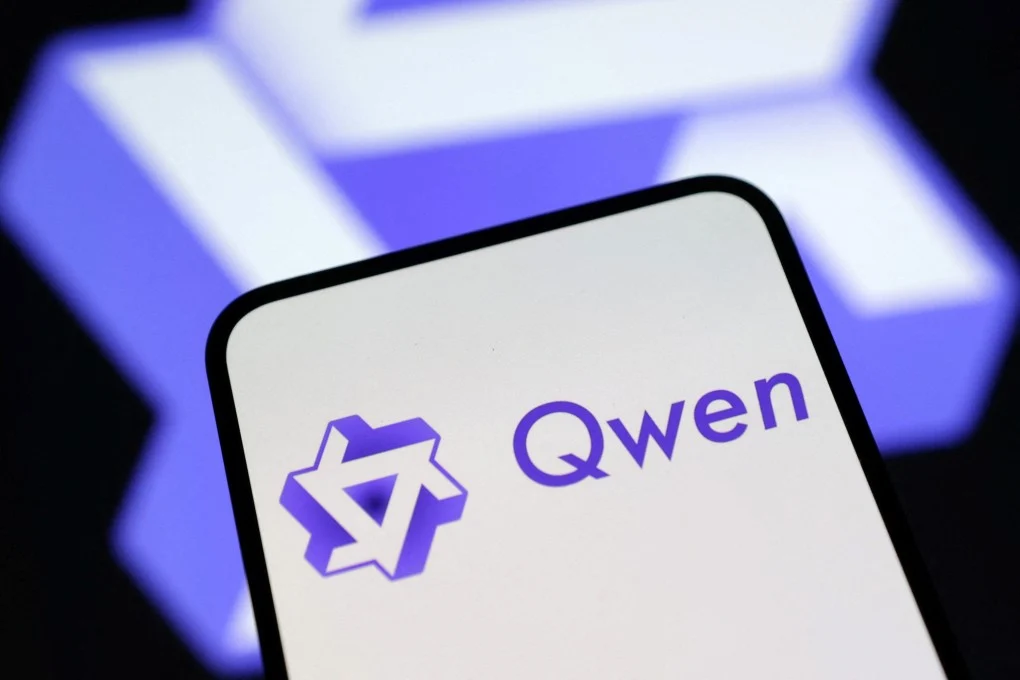Meta continues its dominance in the AI landscape by unveiling Llama 3.2, the latest in its family of open-source large language models (LLMs). Building on the success of previous iterations, Llama 3.2 offers a wide range of customizable, efficient, and highly performative AI models, catering to a broad spectrum of applications. With the introduction of both text-only and multimodal models, this release opens new possibilities for developers and organizations looking to leverage cutting-edge AI technology.
A Comprehensive Range of Models: From 1B to 90B Parameters
Llama 3.2 is available in a variety of sizes, from 1B and 3B models designed for lightweight, on-device use, to 11B and 90B multimodal models capable of processing high-resolution images alongside text. This flexibility allows developers to choose the right model based on their specific use case, whether they’re optimizing for edge devices or developing advanced applications requiring multimodal input.
Lightweight Models for On-Device Applications
The 1B and 3B models are specifically optimized for mobile and edge devices, ensuring seamless integration and performance even in environments with limited computational power. These models can be used for tasks like summarizing discussions from a mobile phone, integrating with on-device tools like calendars, or other real-time applications where responsiveness is key.
Multimodal Capabilities: Bridging Text and Visual Data
For more complex applications, the 11B and 90B models extend Llama 3.2’s capabilities by incorporating visual data, enabling AI to reason over high-resolution images while generating text-based outputs. This opens up new frontiers in fields such as visual reasoning, where systems can better understand and interpret visual content, providing enhanced user experiences across industries.
Streamlining Development: Llama Stack and Developer-Friendly Features
A critical part of Llama 3.2’s offering is the Llama Stack, a developer-centric platform that simplifies the process of building, fine-tuning, and deploying AI models. The Stack supports agentic tool calling, safety guardrails, and inference loops, reducing the time to market for AI-powered applications. Developers can build in their preferred programming languages, including Python, Node.js, Kotlin, and Swift, while enjoying seamless deployment options across on-premises, locally-hosted, or on-device environments.
Standard API for Accelerated Innovation
Meta has equipped Llama 3.2 with a standardized API, making it easier for developers to work across different versions of the model with minimal engineering changes. This API also ensures interoperability with the broader Llama ecosystem, allowing faster integration of new tools and components as they become available.
Cutting-Edge Performance: Benchmarking and Real-World Impact
Llama 3.2 has been rigorously tested against 150+ benchmark datasets, covering everything from language comprehension to image understanding and reasoning. The model’s performance in multilingual settings has been particularly strong, while its vision capabilities have been benchmarked for image understanding and visual reasoning tasks.
The extensive evaluation also includes human assessments, comparing Llama 3.2 against leading AI models in practical, real-world scenarios. The results underline Llama 3.2’s competitive edge, particularly in areas like general reasoning, multilingual processing, and tool use.
Llama’s Expanding Ecosystem: Growing Partnerships
Meta has partnered with key players like ARM, MediaTek, and Qualcomm to enable Llama 3.2’s lightweight models to run efficiently on mobile and edge devices. Additionally, Dell is now offering its distribution of Llama Stack, providing developers with the tools they need to seamlessly integrate Llama models into their existing workflows.
Real-World Applications: Llama in Action
Several high-profile companies are already leveraging Llama models to transform their operations:
- Zoom has integrated Llama into its AI Companion tool, enabling enhanced productivity through features like chat and meeting summaries, all while prioritizing data privacy.
- DoorDash uses Llama to improve team collaboration by providing instant answers from internal knowledge bases and speeding up code reviews.
- Niantic, the creator of Pokémon GO, uses Llama 2 in their Peridot game to generate dynamic, environment-specific animations based on the real-world interactions of its AR pet characters.
- KPMG has deployed Llama to assist a U.S. bank’s wholesale credit team in streamlining loan application reviews, improving efficiency through the use of secure, open-source LLMs.
Future Potential and Open-Source Leadership
With over 350 million downloads on Hugging Face, Llama has cemented its place as the leading open-source model family. The release of Llama 3.2 further solidifies Meta’s commitment to advancing open AI innovation, empowering developers with the tools and models they need to push the boundaries of what’s possible.
Looking Ahead: The Next Frontier in AI
As Meta continues to refine the Llama family, the possibilities for AI applications are growing exponentially. With a robust ecosystem of partners, a developer-friendly platform, and models designed for scalability and efficiency, Llama 3.2 represents a significant step forward in the democratization of AI technology. Whether deployed on mobile devices, used in multimodal systems, or integrated into large-scale enterprise applications, Llama 3.2 is set to be a cornerstone of the next generation of AI.









